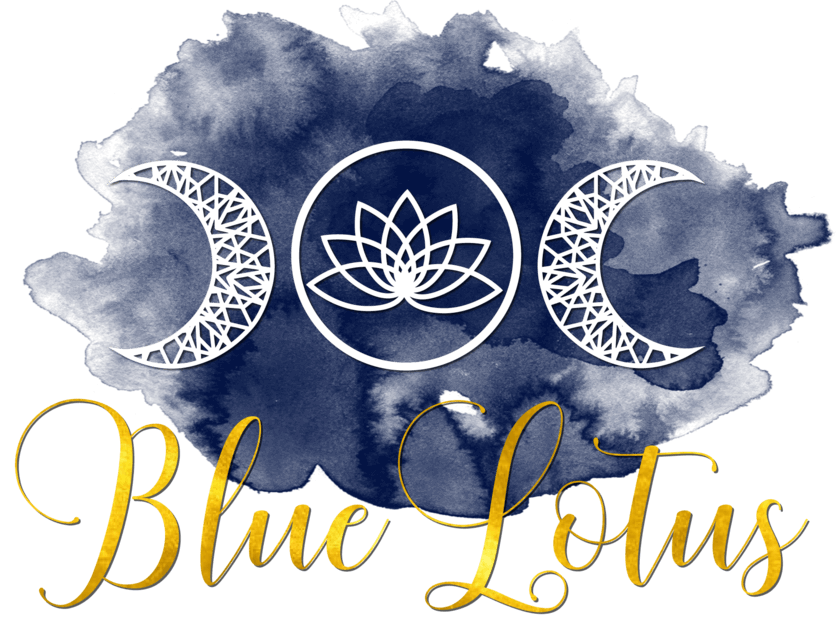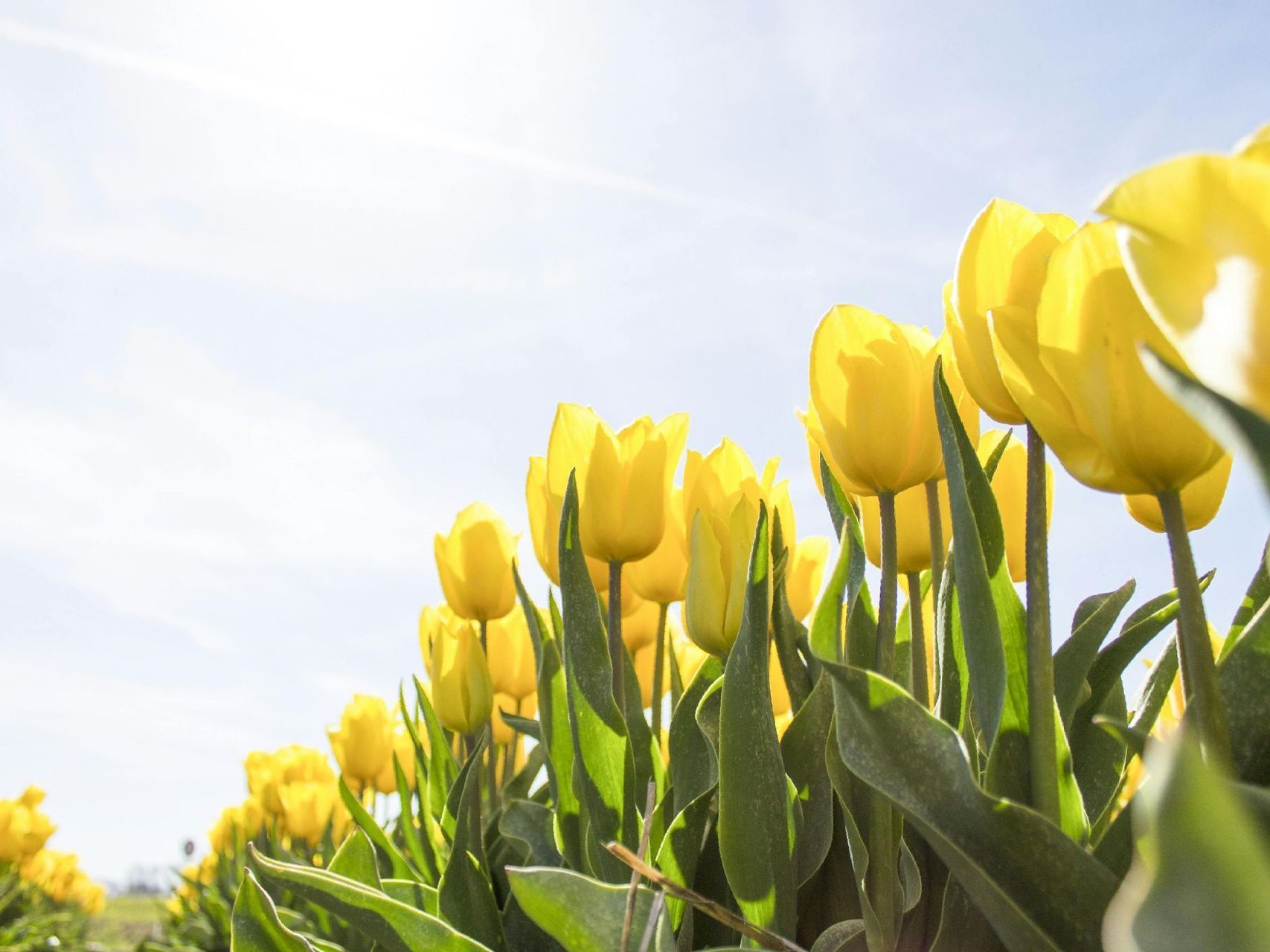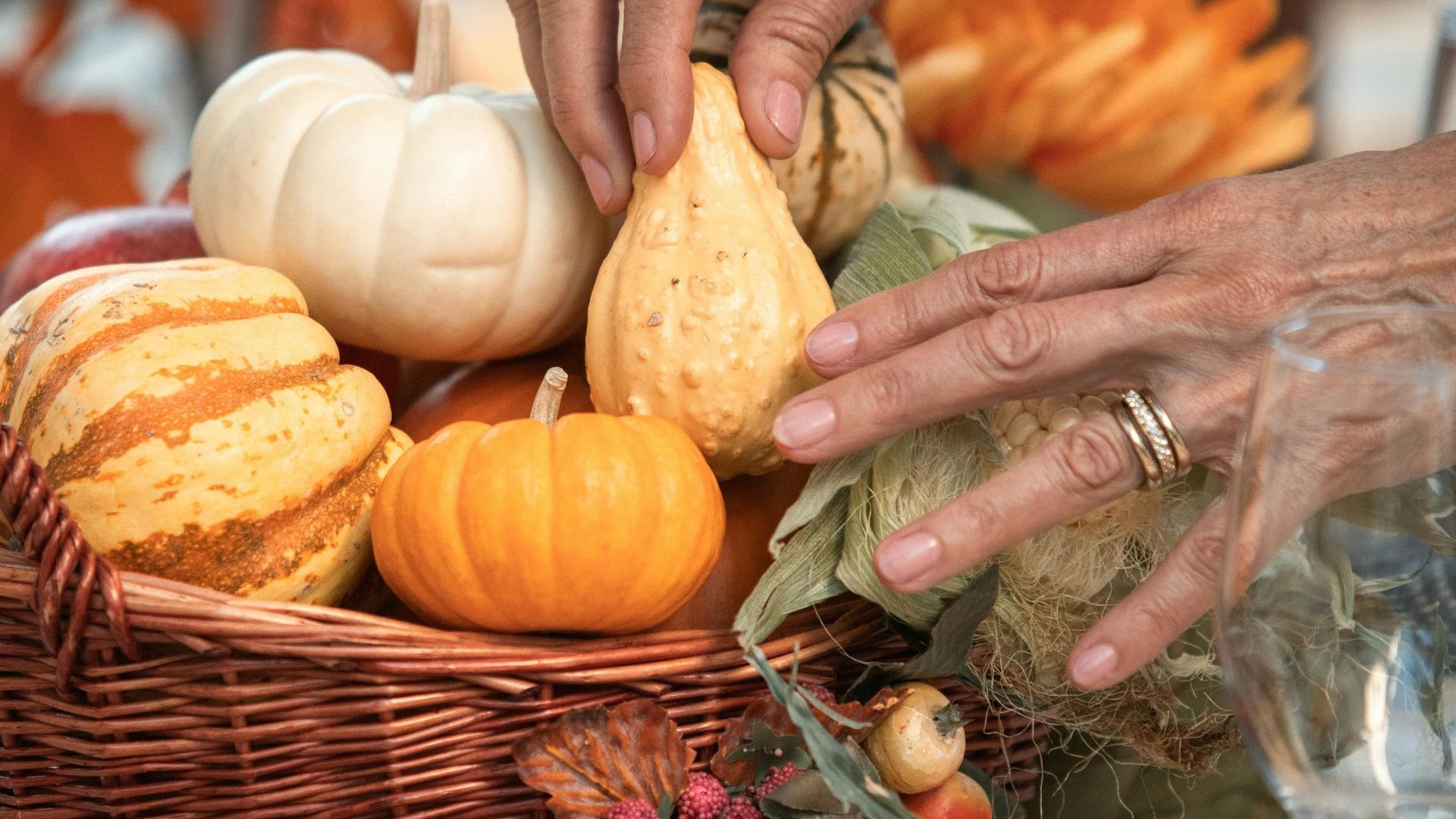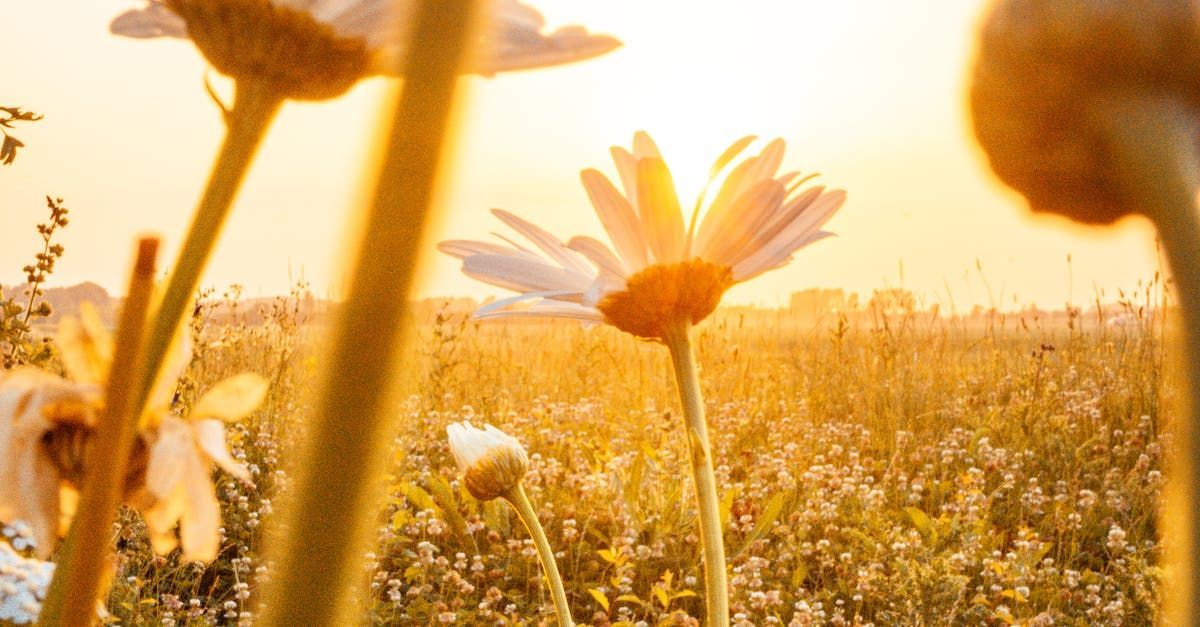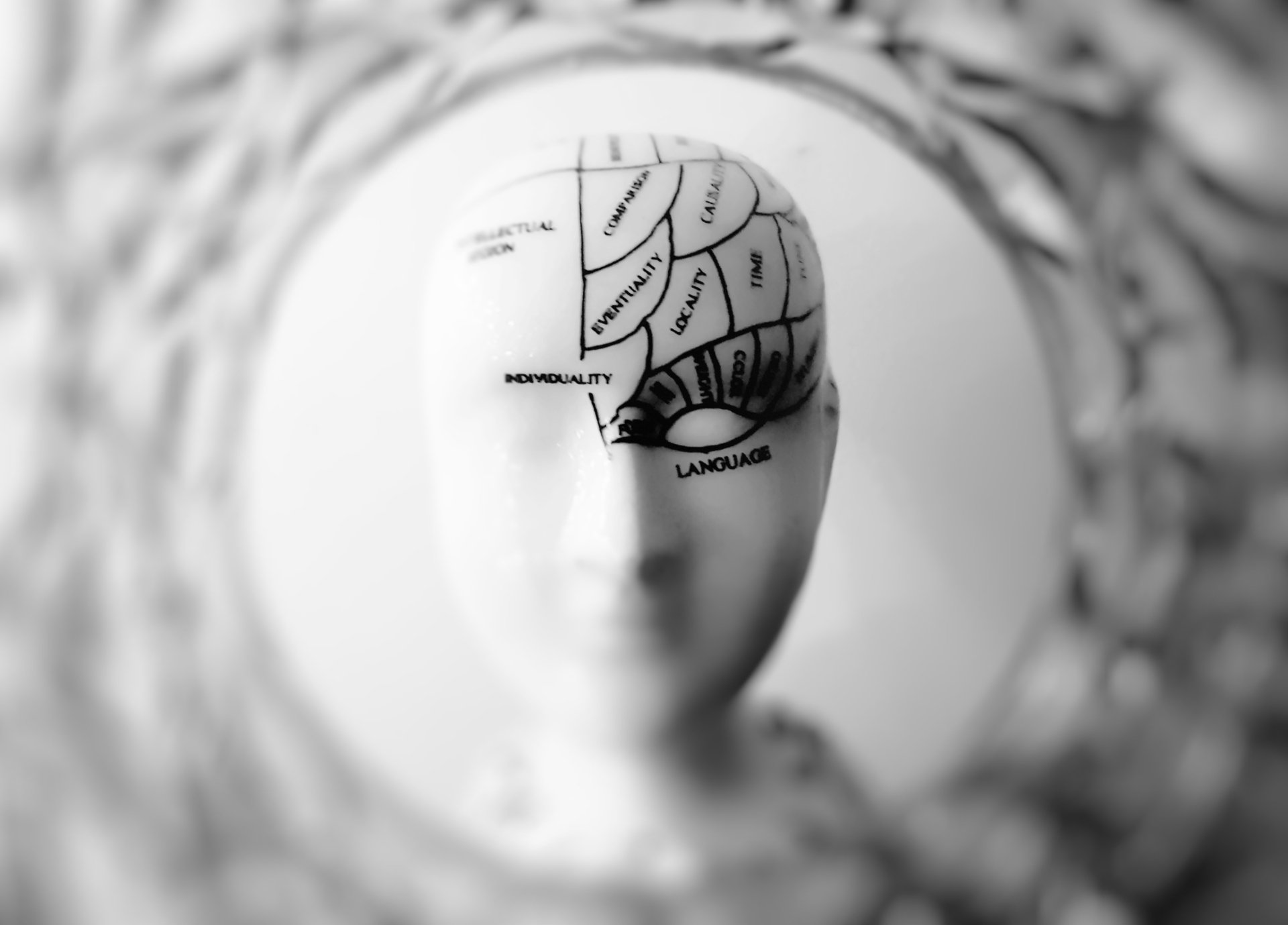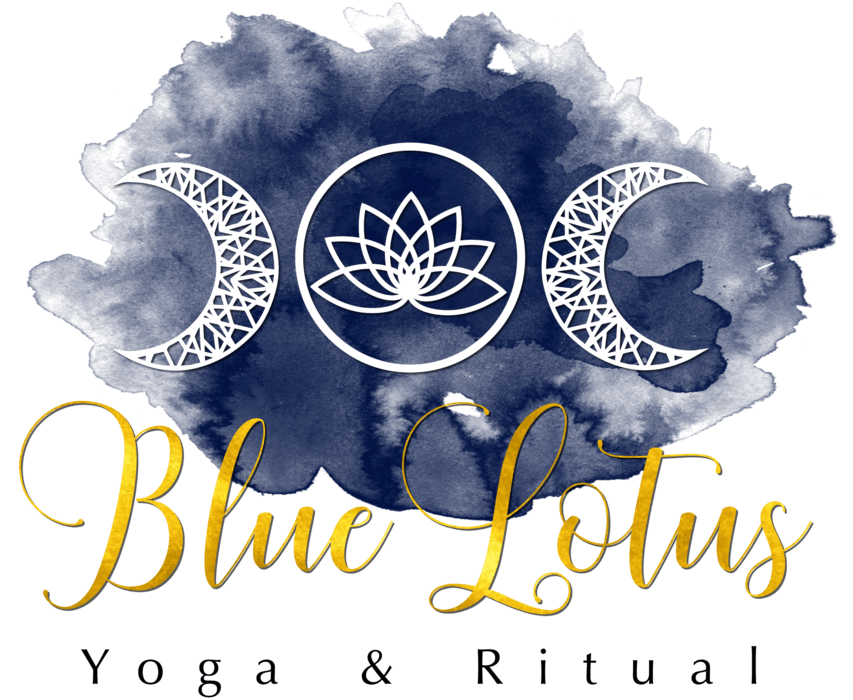The Wisdom Years
Womens wellness, self love & body positivity

In the labyrinth of life, the journey through midlife often marks a profound and transformative period for women. As we navigate the challenges and joys that come with this stage of our lives, it becomes essential to harness the power within and embrace the wisdom that only time can give us. I for sure, feel more confident and self assured, as I hit my 50's than I have done in any other time of my life. In fact as soon I hit 50 I seemed to adapt a 'don't give a s**t' attitude that has helped my to feel more empowered, appreciate and love my body and connect to an inner strength that has probably always been there but I was unsure, until this point in my life, how to embrace it.
Of course my practices of yoga & ritual have definitely helped me on this voyage of discovery and here's how:
1. Connect with Your Inner Strength:
Through yogic practices and rituals that align us not only with the seasonal shifts but also practices that align us with the seasons of our life, we can tap into the wellspring of inner strength that lies within. Practicing Asanas (yoga postures) with the intention of embodying strength, courage resiliency & tenacity that are needed to face life's challenges head-on, foster a renewed sense of empowerment. That's why I adore teaching the myths of asana as the stories are playing out within us and their wisdom is brought to life as we relate to their teachings.
2. Cultivate Self-Love through Mindfulness:
Yogic philosophy emphasises mindfulness and self-awareness. Through meditation and reflection, midlife women can cultivate a deeper connection with themselves, fostering self-love and acceptance. Through the power of quiet & inner reflection we learn to appreciate the beauty of the present moment, embracing all that has brought us to this point in our lives and honouring & accepting fully the woman you've become.
3. Nurturing Your Body, Mind, and Spirit:
As we explore the holistic nature of women's wellness through the lens of yoga we remember that the body, mind, and spirit are interconnected. By incorporating breathwork (pranayama) and give ourselves space to 'feel' into our body we learn to move in a way that brings overall well-being and balance. This awareness lays the foundation for a positive body image and fosters a sense of gratitude for the vessel that has carried us through all the high's & low's of our life's journey thus far.
4. Yoga for Body Positivity:
In our practices we also explore how to celebrate your body's capabilities and uniqueness. I spent so many years trying to change shape, be like teachers that I revered.....What a waste of time!!!! I so wish I knew then, what I know now, that each body is a temple, deserving of love and respect and when we truly can find ease in the inner landscape we learn to see the beauty of your body in every stage of life.
5. Leaning into a Supportive Community:
For years I had the great fortune to sit in women's circles and boy did I learn a lot! Usually the emotions, life adventures, feelings and stories were similar for every woman present and this experience cultivates deep connection to others and to ones self. These shared experiences, offer encouragement, and celebrate the collective strength of women who embrace their wisdom years & empower each other.
As I continue to grow and share through my own intricate tapestry of midlife, it is my heart felt desire to embrace the wisdom and strength that yoga imparts, creating a community of empowered women who thrive in wellness and celebrate the beauty of every stage of life. Thank you for being here!

